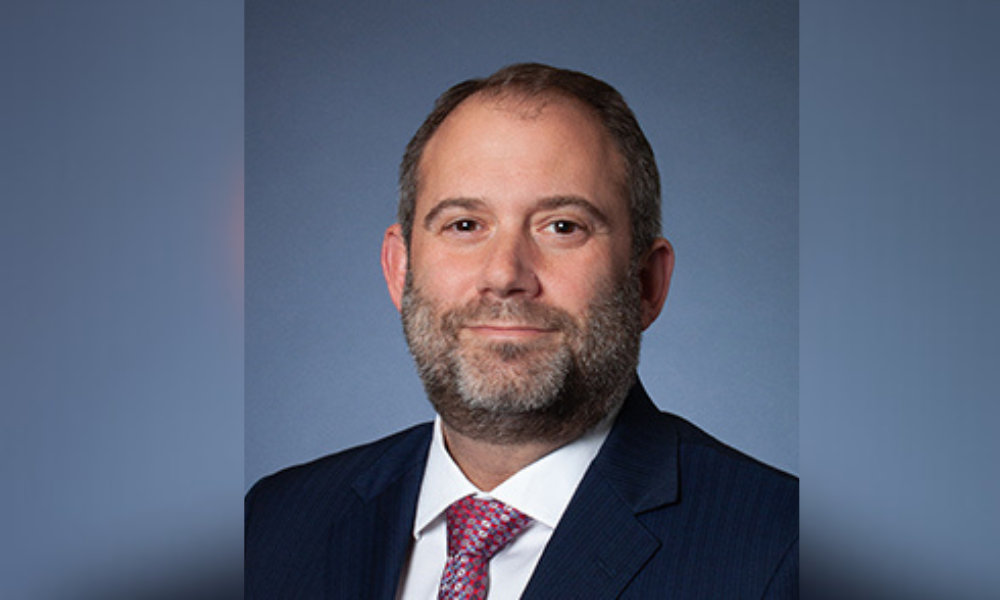Investment strategists urge institutional investors to stick close to home amid policy uncertainty

If institutional investors were hoping this year’s federal election would bring even the slightest shroud of certainty for what comes next, they’ve now come to terms that Mark Carney’s win has changed absolutely nothing.
Indeed, while the result may offer some immediate stability, the consensus among institutional strategists is that uncertainty will remain a defining feature for investors in the months ahead.
“We were all looking for some finality to what’s been a very uncertain time. My hope was for a clear mandate. Ultimately, what we need to see in Canada is a pro growth type of agenda, and a government that has the mandate to implement that,” said Lorne Gavsie, senior vice-president and head of macroeconomic and FX strategy at CI Global Asset Management.
He believes that despite the lack of a majority, there’s potential for progress on shared policy areas like infrastructure, personal income tax, housing and defense.
“I don't think it can be overly controversial, given the minority structure but the government should start moving economic expectations forward,” he added. “Whether they can implement within the political construct is the big question mark. But given that all parties were gearing in that direction, one would think that as long as it's not overly controversial within the budget, some of those steps can start to become reality.”
Gary Aitken also agrees that clarity is in short supply.
“The minority result brings with it heightened policy uncertainty,” said Aitken, head of Canadian Equity at Franklin Templeton’s ClearBridge Investments, in a statement. “Without a majority, the Liberals will be forced to govern through ad hoc alliances, likely with either the Bloc or the remnants of the NDP.”
He noted that historically, minority governments tend to last less than two years, adding that the chances of policy drift are now elevated.
As for BeiChen Lin, senior investment strategist, head of Canadian strategy at Russell Investments, he emphasized that the Liberals’ expanded seat count did little to alter the broader sentiment, asserting that “a ‘Liberal wave’ has failed to materialize in Canada.”
“Now the focus turns to a different set of waves, those battering the Canadian economy,” he said in a statement, highlighting that Canada’s unemployment rate is rising more sharply than in the US, and trade policy uncertainty remains a major concern.
“A protracted trade standoff with the US could cause export volumes to drop and risk causing a Canadian recession,” he said.
Unsurprisingly, experts believe trade policy will be a central issue for Carney’s government to tackle. Gavsie emphasized the ripple effect from unresolved trade disputes, referring to issues ranging from Canada-United States-Mexico Agreement (CUSMA) renegotiations to steel, aluminum and auto tariffs.
“Until we can get to a point where markets are comfortable with the clarity or resolution that comes from that, I think it's going to continue to underpin a higher level of volatility,” he warned.
Meanwhile, Aitken is even more skeptical about the government’s capacity to enact meaningful reform, particularly in the energy sector. While Carney has floated ideas for streamlining permitting and improving infrastructure delivery, “historical Liberal support for these policies suggests that any reform will be modest and highly negotiated,” he said in a statement.
He warns that the sector will likely remain hobbled by “regulatory overhang, despite broad public support for more pragmatic development.”
Still, the trio of experts advise patience and pragmatism as Gavsie cautions against over-interpreting market movements in the wake of the election.
“We’re long-term investors. We’re not going to get swept up in a 24 or 48-hour market reaction,” he said, noting the TSX's seesaw performance on election night.
“I wouldn't be jumping in with both hands at this point. I think you have to wait and see how this policy framework evolves,” he added.
Gavsie flagged a trend that’s quietly gaining momentum but hasn't received much attention. Notably, Canadian institutions dialing back their heavy exposure to US assets. He emphasized that US equities have outperformed global peers for years, but that dominance may be prompting some rotation.
“We’re seeing increased activity. Either it’s outflows out of some of those U.S. assets or at minimum, hedging what has typically been unhedged, fully exposed US dollar exposure,” he said.
This shift isn’t a panic move, but a measured rebalancing. The question now, he added, is where those assets will go. He believes Europe is a likely landing spot, but he also sees room for Canadian markets to benefit.
“Canadian government bonds continue to be a key defensive lever for investors,” said Lin, emphasizing that if a recession materializes, he believes the Bank of Canada can cut rates significantly without risking inflation. He also sees valuation advantages in Canadian equities.
“We believe Canadian stocks are closer to fair value than US stocks,” he said, underscoring that some of Canada’s global-facing companies could weather domestic economic strain better than expected.
The common thread is a shared expectation of turbulence, tempered by cautious optimism that consensus can still emerge on critical issues.
“While a minority Liberal government inherently means some compromises are necessary, we still believe that should a recession materialize, the different parties can rally around the flag and unleash powerful stimulus,” said Lin.



